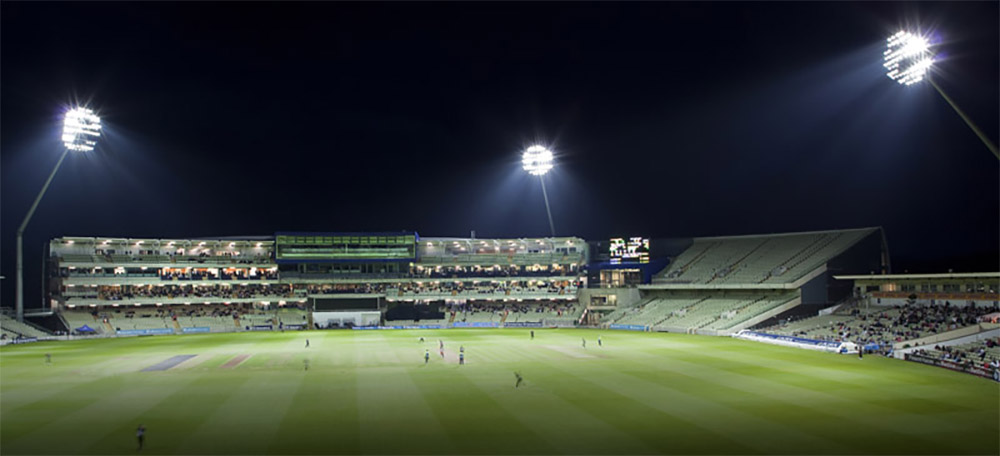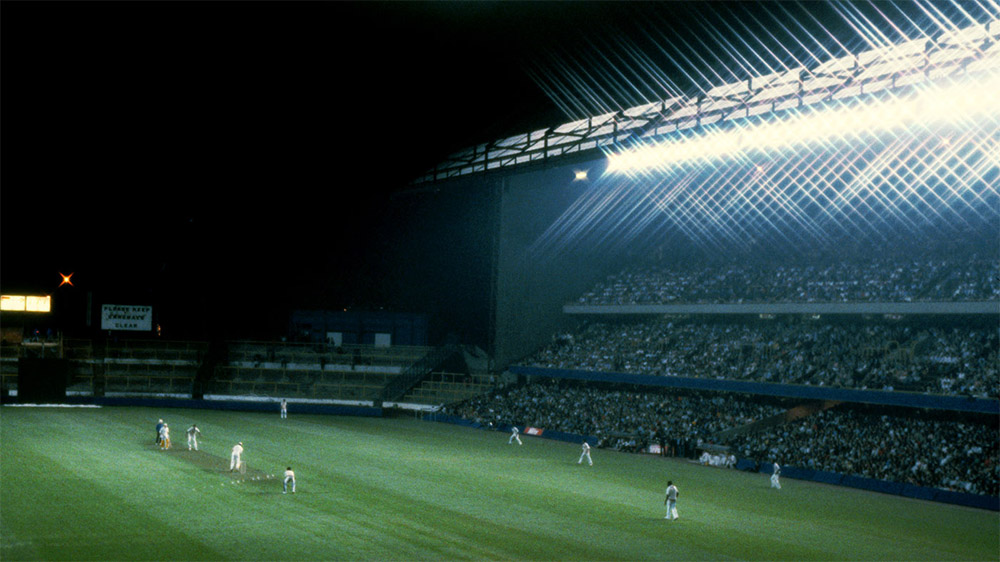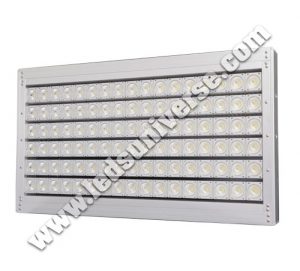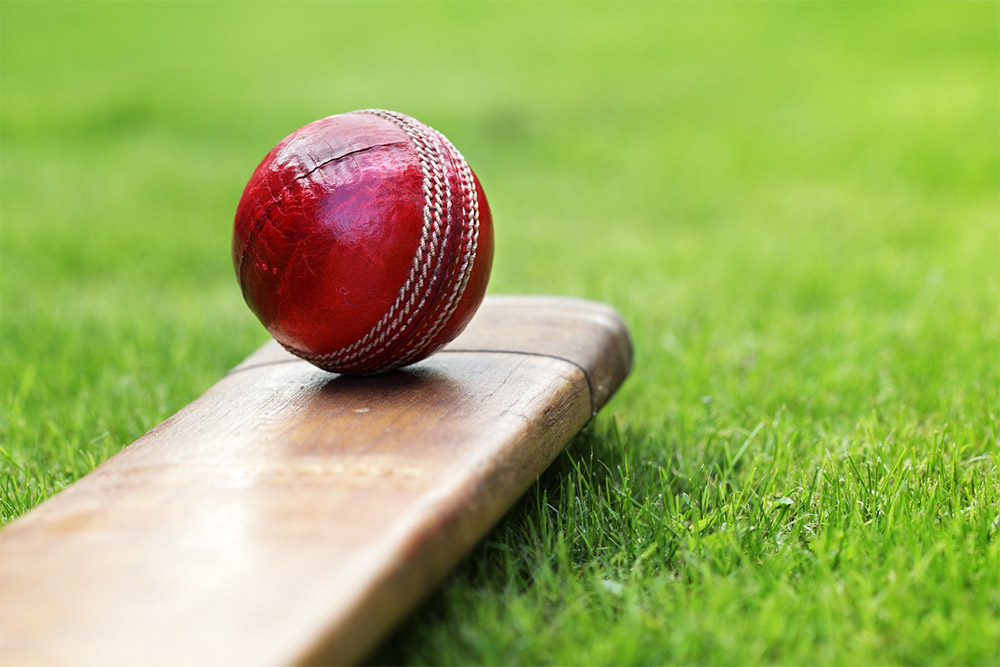The most common type is the LED floodlights, which emit a bright white light. The level of luxury in accordance with the directives of the ICC Traditional Cricket spotlights have a long pole, which fixed the spotlight. This is because the ball flies really high when the batsman hits it, requiring the projectors to illuminate clearly the ball, from whichever position they are at. The amount of light may vary depending on the distances to the ground.

Using LED spotlights for such big stadiums is important because they provide complete coverage of the field without dark spots (zebra effect avoided). In addition, LED spotlights are energy-saving and more durable than all the rest of the light sources. Currently, LED spotlights are bright enough to be used for lighting purposes at major sporting venues for cricket. Our company gives 5 years product warranty on all the lights.
Most common models for cricket high mast Stadium installations are 300 watt LED Flood light, which can be replacement for 1000 watt Metal Halide. Also, 400w and 1000w LED bright flood light are very popular for retrofitting.
We are on the market for more than 10 years and manufacture floodlights very successfully. We have established ourselves among our customers as an innovator capable of putting out top quality cricket flood lights, with LED technology, at a very competitive price. Try our lights for great ground lux of vertical and horizontal illumination.

It’s interesting
Cricket is a sport played predominantly in the drier periods of the year. But, even so, the weather is a major factor in many cricket matches.
Cricket cannot be played in wet weather. Dampness affects the bounce of the ball on the wicket and is a risk to all players involved in the game. Many grounds have facilities to cover the cricket pitch (or the wicket). Covers can be in the form of tarpaulins laid over the wicket, elevated covers on wheels (acting like an umbrella) or even hover covers which form an airtight seal around the wicket. However, most grounds do not have the facilities to cover the outfield. This means that in the event of heavy rain, a match may be cancelled, abandoned or suspended due to an unsafe outfield.
Another factor in cricket is the amount of light available. At grounds without floodlights (or in game formats which disallow the use of floodlights), umpires can stop play in the event of bad light as it becomes too difficult for the batsmen (and in extreme cases, fielders) to see the ball coming at them.
The sight-screens give a white background which help batsmen pick out the red ball (or a black background for a white ball).
The umpires always have the final decision on weather-related issues.
Ace+ Flood LED Light
 Our Flood Light Ace+ has 7W chips installed, which helps creating the most efficient and high lumen per watt of our lights (160lm/W), while at the same time, it is very energy saving friendly. The lenses are premium, with very accurate optics and centrally focused light-beam radiance.
Our Flood Light Ace+ has 7W chips installed, which helps creating the most efficient and high lumen per watt of our lights (160lm/W), while at the same time, it is very energy saving friendly. The lenses are premium, with very accurate optics and centrally focused light-beam radiance.

It’s interesting
Cricket is a bat-and-ball game played between two teams of eleven players on a cricket field, at the center of which is a rectangular 22-yard-long pitch with a wicket (a set of three wooden stumps) sited at each end. One team, designated the batting team, attempts to score as many runs as possible, whilst their opponents field. Each phase of play is called an innings. After either ten batsmen have been dismissed or a set number of overs have been completed, the innings ends and the two teams then swap roles. The winning team is the one that scores the most runs, including any extras gained, during their one or two innings.
At the start of each game, two batsmen and eleven fielders enter the field of play. The play begins when a designated member of the fielding team, known as the bowler, delivers the ball from one end of the pitch to the other, towards a set of wooden stumps, in front of which stands one of the batsmen, known as the striker. The striker’s role is to prevent the ball from hitting the stumps by use of his bat, and simultaneously to strike it well enough to score runs. The other batsman, known as the non-striker, waits at the opposite end of the pitch near the bowler. The bowler’s objectives are to prevent the scoring of runs and to dismiss the batsman. A dismissed batsman must leave the field, and a teammate replaces him at the crease.
Information from the resource: link
